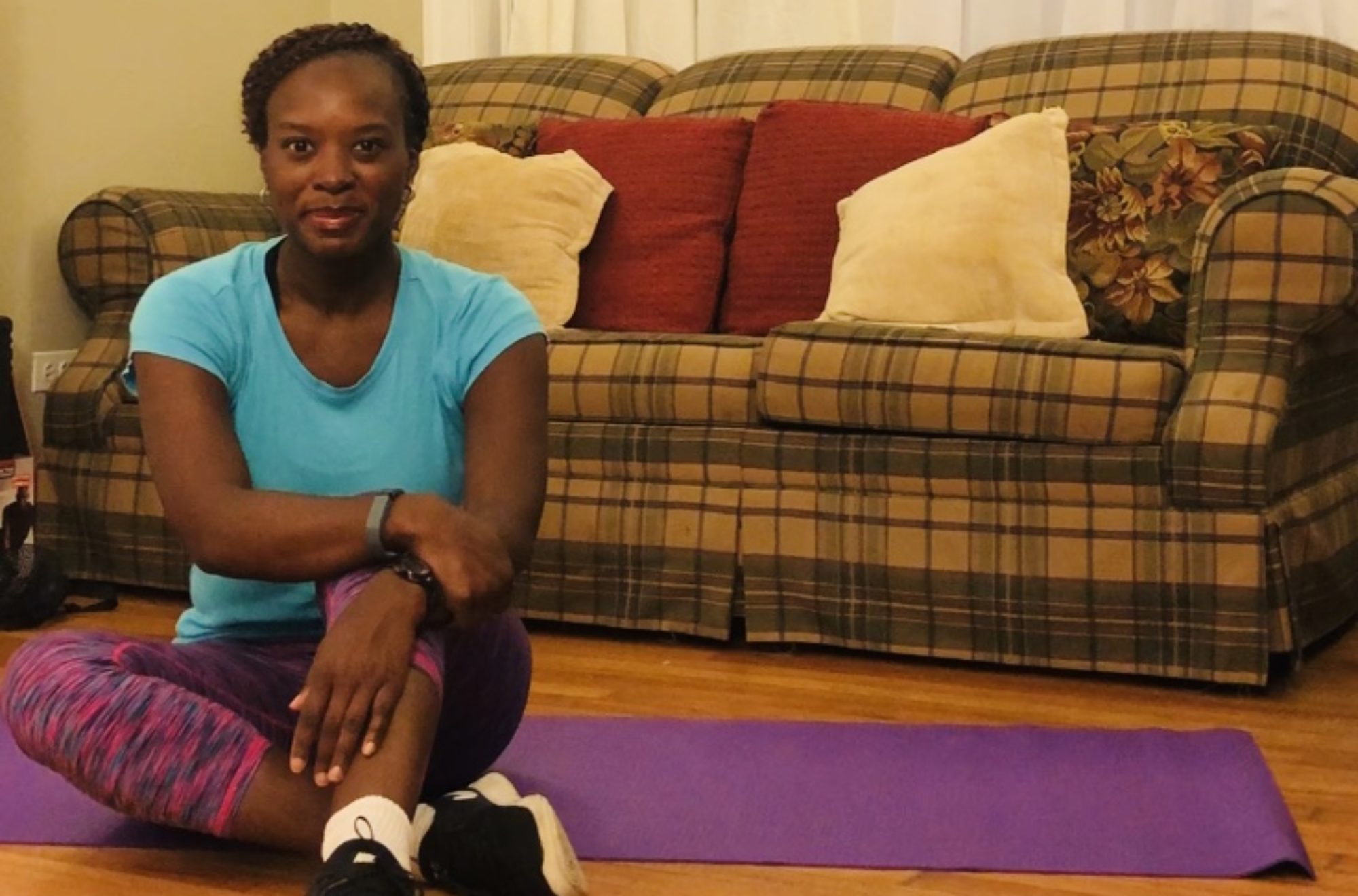
Every personal trainer has a specialty, a niche, an area of fitness that is near and dear to their hearts. It’s not that they have no regard for other specialties or think they have no value. It’s just that something about that specialty area stood out to them pretty early in their career.
Some are really into Crossfit. Others have a passion for functional fitness. This week, I’m weighing in on my specialty area: bodyweight training.
What is Bodyweight Training?
In the event that you’re unfamiliar with this area, bodyweight training is precisely what it sounds like. It is a form of strength training where you use your bodyweight to tone, strengthen, and condition your muscles rather than free weights or machines.
Before I give you the reasons why weight training is amazing, in my opinion, I want to give a little bit of a backstory.
As I’ve mentioned before, I gave up my gym membership nearly two decades ago. Although my main reason for letting my gym membership code was due to the fact that I wasted tons of money by only going once a month every other month or so, I also gave it up because I simply didn’t feel comfortable. I felt as if people are ogling me or sizing me up. I’m sure that probably wasn’t the case, but it certainly felt that way.
Discovering Bodyweight Training
I really wanted to exercise in the comfort of my own home, but I didn’t have the equipment. Somewhere along the way, I’d bought into the notion that you had to lift weights or exercise on cardio machines to get fit, but I was wrong.

When I finally released the gym membership, I bought some of the equipment that I used at the gym – minus the machines, of course. I had a mat, a stability ball, and several sets of dumbbells. I thought that I would use that equipment to help me stay in shape. However, since I use them about as much as I used my gym membership, I proved to be wrong once again.
Somewhere along the way, I rediscovered bodyweight training. I remembered the exercises my sports teams did when I was a high school athlete. We did very little weightlifting, but we were amazingly fit. In fact, my junior year of high school was the time that I remember being my most fit and most flexible, and I don’t recall spending any time in the weight room.
As I prepared to weigh in on this topic, it occurred to me that there are four main reasons I’m sold on bodyweight training.

1. There’s No Need for Any Equipment Whatsoever
The main reason I’m sold on bodyweight training is the fact that you don’t need any equipment to workout or get fit. Of course, you can use things like gliding discs, resistance bands, or figure 8 tubing to enhance your workout, but you don’t actually NEED those items. You can learn how to use your own bodyweight to get amazing results, and I’m excited to show you how.
2. You’re Able to Workout Any Time, Anywhere
One major flaw that both weights and exercise machines have in common is the fact that you simply can’t take them with you. BUT your body goes everywhere that you go, so no one can say that they don’t have the right equipment to workout. As long as you have yourself, you have everything that you need.
3. Positive Changes are Easy to Identify
When you do bodyweight exercises, it is easy to sense when you’ve gained strength or increased your fitness level. You can easily tell if there is less discomfort when you do plié squats. You’ll quickly notice that you can hold your plank longer than you did the week before. You will see that your legs don’t give out as quickly on you during wall sits as they used to. In as little as four weeks (maybe sooner), you’ll be able to identify major progress on your fitness journey.
4. Bodyweight Exercises are Practical than
I will readily admit that weight lifting is effective, but nobody does bench press type moves during the course of a day. However, we do a little squat every time we sit. Whenever we stand from a sitting position, we do what resembles a sit up. Bodyweight exercises are more practical because you can mimic activities are you do you do during the course of a day.

Hopping on the Scale!
Don’t forget to hop on the scale and see where you are this week. Remember: if you were able to maintain and not gain, that’s still a win!
Click to join “The REAL Get Fit With Charity” Facebook Group!


















